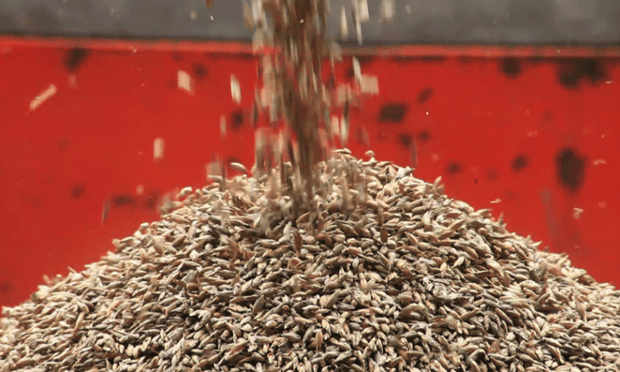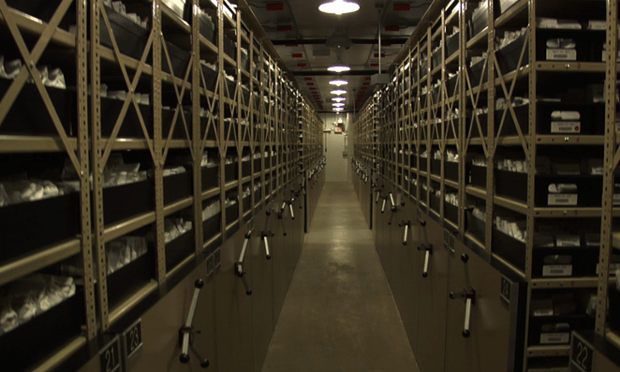
So often, we talk about “proving” climate change is happening, or articulating changes we expect in the future from increased extreme weather. We should also talk about adaptation - how can we adapt to a future climate?
A recent film, being shown in theaters in New York City now and Los Angeles next Friday is a great success story about adaptation; decisions we can make now that may influence the fortunes of future generations. The movie, called Seeds of Time, is directed by Oscar-nominee Sandy McLeod. It is narrated by Dr. Cary Fowler who identifies the challenges agriculture will face with climate change and other potential disasters. Cary was former Executive Director of the Global Crop Diversity Trust. Their goal was to put together an international plan to preserve global genetic diversity.

Photograph courtesy of Ian Savage.
Why is it important to preserve our future food resources? Well in today’s climate, food production is susceptible to extreme weather swings, particularly droughts and floods. Here in the United States, we are suffering through the third major drought since 2011. The costs to this country are billions of dollars. The current California drought is the worst in over 1,200 years.
While the west coast dries, other parts of the US are experiencing flooding as our weather swings from one extreme to another. It isn’t just the United States, elsewhere around the planet similar extremes are being observed. I’ve seen firsthand the impact of extreme weather on subsistence food production in Africa. It isn’t pretty.
While politicians, political scientists and industry lobbyists may deny the connection between climate change and extreme weather, the physical scientists know better. Joining the scientists, Dr. Fowler’s main goal is to create a food-production system, which is sustainable, one that can navigate the present and future threats facing it. A major step in his effort is the safeguarding of the genetic diversity of today’s crops in large vaults where seeds can be stored for future use.
Cary is informed by past crop failures which have led to downfalls of other cultures. Those past cultures have not had the knowledge and resources that we have, attributes that should enable us to preserve food diversity. Maintenance of crop diversity is particularly challenging in an age of industrial agriculture. Today’s practices focus on monocultures that while productive, are susceptible to catastrophic loss.
What would happen if a major disease or disaster decimated today’s crops? It isn’t far-fetched. Cary discusses how recent crop disease, such as the 1999 wheat stem rust could present a major risk to world-wide monoculture productivity.
In addition to diseases and other risks, climate change presents a unique challenge. The changing climate will present a whole new set of risks to today’s agriculture that haven’t been present in the past decades.
The vault which is located in Svalbard Norway is like an insurance policy. It is located in a remote and cold environment. It is the largest and most secure collection of crop diversity in the world. It holds 190 of the world’s most important food crops. Its location makes it immune to changes to climate for the foreseeable future. Many of the seeds can be stored for thousands of years in this site.

Inside a seed bank. Photo courtesy of Tom Parkin.
In his narration, Cary opines - if we can spend money and time saving banks, financial institutions, or other corporate entities, why not save valuable and non-replaceable genetic resources? I couldn’t express it better. This is a great example of being penny-wise. A simple cost-effective way to preserve the enormous value of agricultural genetic diversity. I expect that as the impacts of climate change become clearer and clearer, we will find more Dr. Fowlers who champion efforts to preserve our quality of life for future generations. He told me,
Posted by John Abraham on Friday, 22 May, 2015
 |
The Skeptical Science website by Skeptical Science is licensed under a Creative Commons Attribution 3.0 Unported License. |